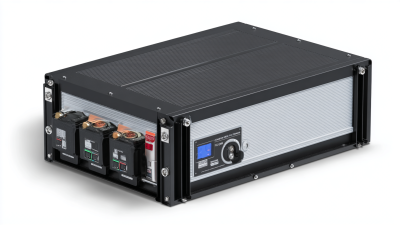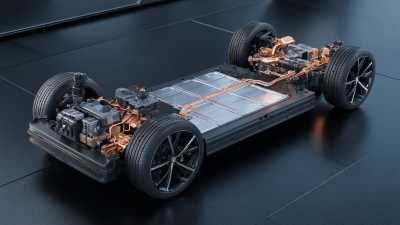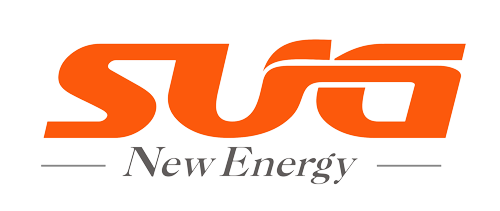
As the demand for renewable energy solutions increases, the hybrid power inverter has emerged as a crucial component for efficient energy management. According to the International Renewable Energy Agency (IRENA), the global renewable energy capacity reached over 2,800 GW in 2020, with hybrid systems playing a key role in integrating various energy sources. Hybrid power inverters are designed to maximize energy utilization by combining inputs from solar panels, batteries, and grid power, catering to unique energy needs.
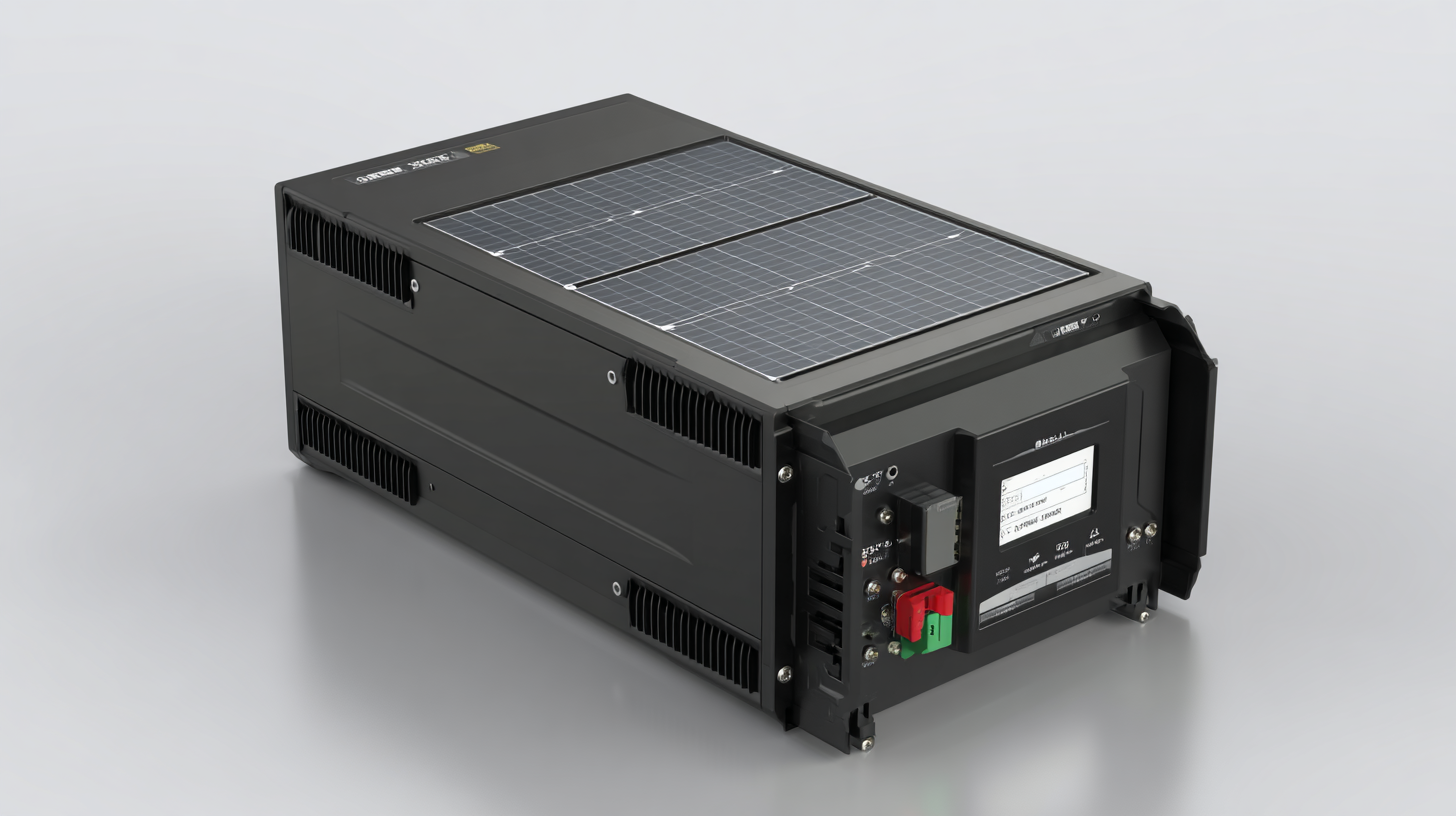
With advancements in technology and a growing emphasis on sustainability, it is essential to consider a range of factors—including load capacity, efficiency, and compatibility—when choosing the right hybrid power inverter. This blog aims to guide you through these considerations, ensuring you make an informed decision that aligns with your energy requirements and contributes to a greener future.
Hybrid power inverters are crucial components in renewable energy systems, serving as the backbone that integrates energy sources like solar panels and energy storage systems. By converting DC electricity from solar arrays and batteries into AC electricity for home use, these inverters offer significant benefits. According to a recent report by the International Renewable Energy Agency (IRENA), the global market for hybrid inverters is expected to grow by over 25% annually, driven by the increasing adoption of renewable energy solutions and the rising demand for energy independence.
One of the primary advantages of hybrid power inverters is their ability to enhance energy efficiency and resilience. A study by the U.S. Department of Energy highlights that homes equipped with hybrid inverters can reduce energy costs by up to 50% compared to traditional grid-tied systems. Furthermore, with their built-in energy management systems, hybrid inverters allow users to monitor and control their energy consumption, ensuring optimal use of available resources. As the world transitions to more sustainable energy practices, understanding the functionality and benefits of hybrid power inverters becomes essential for homeowners aiming to meet their unique energy requirements efficiently.
This chart compares the energy efficiency of different types of hybrid power inverters based on their input power and output power. Higher efficiency ratings indicate better performance and energy utilization.
When selecting a hybrid power inverter, several key factors should guide your decision. First, assess your energy needs by considering the total wattage of appliances you intend to power. This includes not only the maximum load but also how long you will be using them. Understanding your consumption will help you choose an inverter that can handle your specific requirements without overloading. Additionally, look for inverters that offer expandable capacity to accommodate future needs as your energy demands grow.
Another crucial factor is the inverter’s efficiency rating. High-efficiency models will convert more of the energy stored in batteries into usable power, ultimately leading to cost savings and reduced stress on your system. Furthermore, consider the inverter's compatibility with renewable energy sources such as solar panels or wind turbines. Ensure that the unit integrates seamlessly with your current or planned energy setup. Finally, don’t overlook the importance of warranty and support. A reliable manufacturer will provide you with peace of mind and assistance should any issues arise in the future.
| Factor | Description | Importance Level |
|---|---|---|
| Power Capacity | The wattage your appliances require to function effectively. | High |
| Type of Load | Understanding whether your load is resistive, inductive, or capacitive. | Medium |
| Input Voltage | Matching the inverter input voltage to the battery bank voltage. | High |
| Efficiency | The ratio of output power to input power, indicating energy losses. | High |
| Features | Attachments like MPPT, LCD displays, remote control, etc. | Medium |
| Price | Budget consideration and value for the features provided. | High |
| Warranty | Manufacturer’s warranty terms for reliability assessment. | Medium |
When evaluating your energy consumption and future growth needs, it is crucial to analyze current electricity usage patterns to select an appropriate hybrid power inverter. According to the U.S. Energy Information Administration, the average American home consumed about 877 kWh per month in 2021, translating to a need for inverters that can handle similar loads efficiently. By assessing your household’s peak energy demands, you can determine the inverter size that supports critical appliances during outages while ensuring long-term energy resilience.
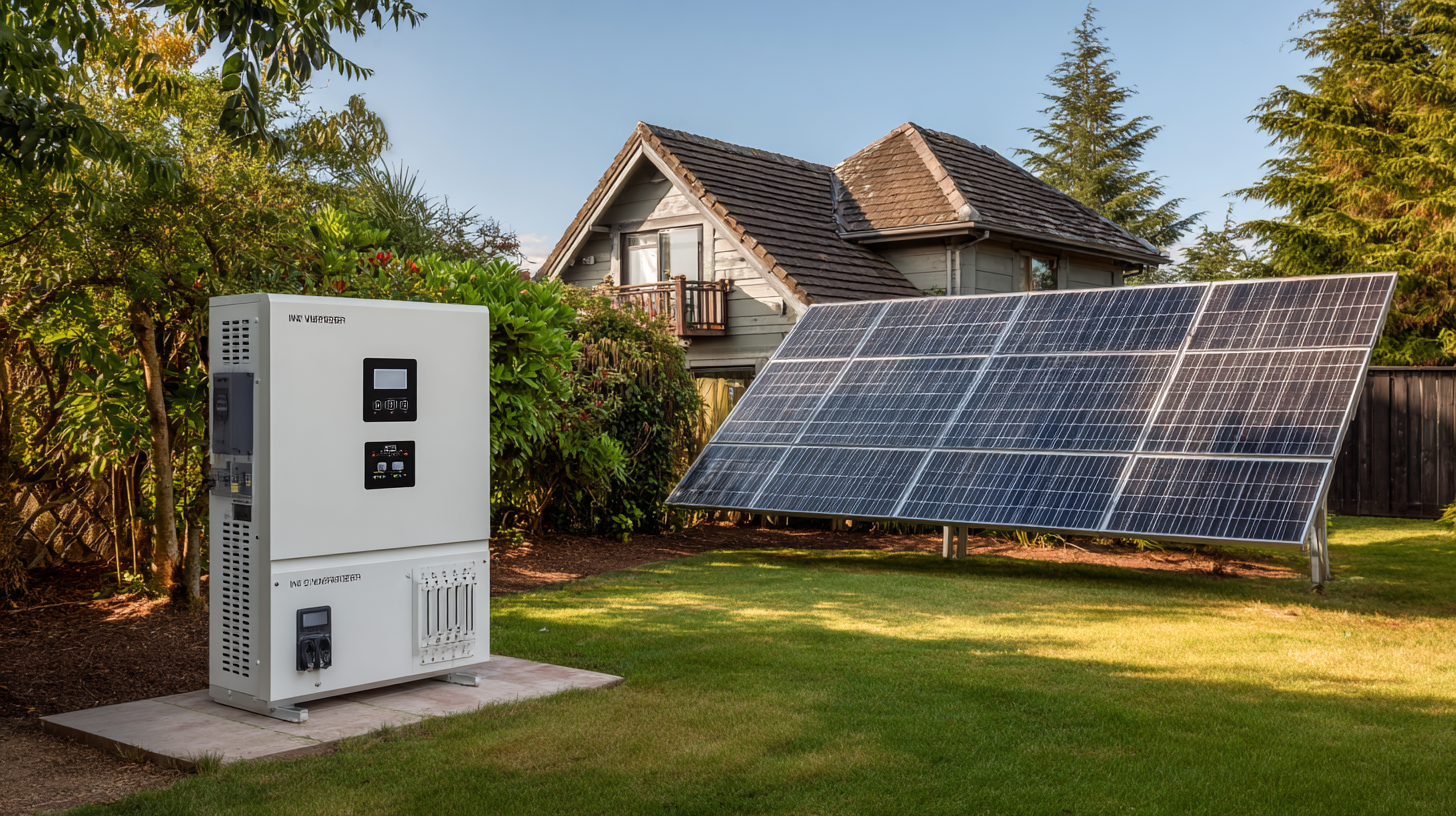
Beyond current needs, future energy growth should be a key consideration. Many households are increasingly adopting electric vehicles and smart home technologies, which can significantly boost electricity consumption. A report by the International Energy Agency highlights that the global stock of electric cars is expected to exceed 145 million by 2030. This shift necessitates an inverter that not only addresses present demands but also accommodates potential increases in energy use. By factoring in anticipated expansions, you can select a hybrid power inverter that optimally balances your current capabilities with future energy requirements, ensuring a sustainable and cost-effective energy solution.
When it comes to selecting the right hybrid power inverter, understanding the features that align with your specific energy requirements is crucial. According to the Global Renewable Energy Policy Network, the demand for hybrid inverter systems is projected to grow at a compound annual growth rate (CAGR) of 20% over the next five years. This surge underscores the importance of assessing functionalities such as power conversion efficiency, battery compatibility, and load capacity. A high-efficiency inverter can minimize energy loss, with top models achieving upwards of 95% efficiency, making them an ideal choice for energy-conscious consumers.
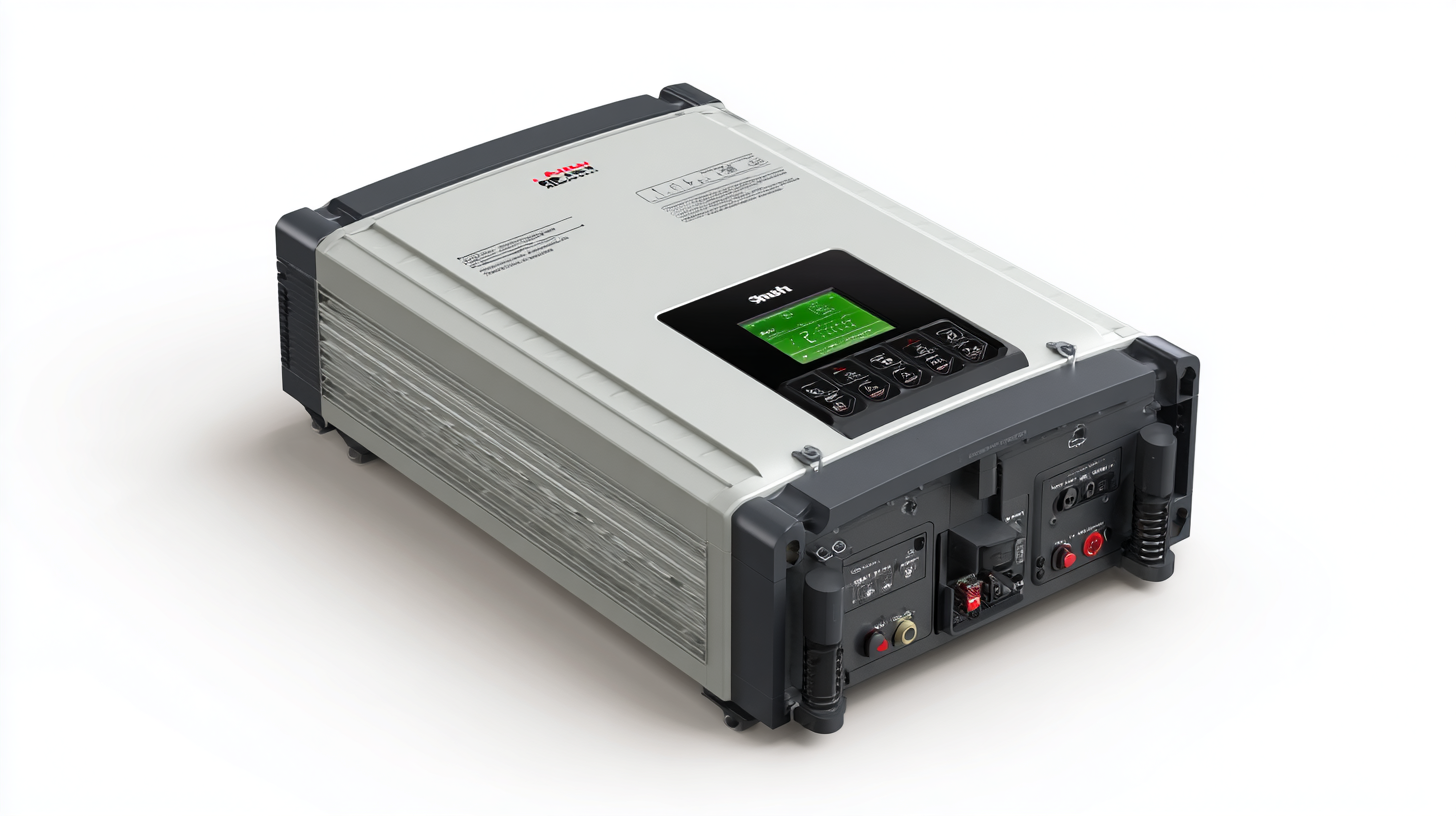
Additionally, the ability to integrate with various renewable energy sources and storage solutions is vital. Reports by the International Energy Agency indicate that hybrid systems can reduce reliance on fossil fuels by up to 30% when paired with solar or wind energy. Features such as smart grid compatibility and remote monitoring capabilities can further enhance the usability and performance of your setup, allowing for real-time adjustments and improved energy management. Choosing an inverter with these functionalities ensures that you not only meet your immediate energy needs but also contribute to a sustainable energy future.
When choosing a hybrid power inverter, understanding the cost versus value is essential for optimizing your energy needs. In recent years, the integration of hybrid systems has gained traction, particularly in specialized applications such as military vehicles and sustainable housing. These innovations highlight how investing in advanced solutions can yield long-term savings and efficiency, especially in areas with unreliable energy sources. The potential for integrating renewable energy sources, such as solar and fuel cells, not only enhances energy independence but also contributes to a more eco-friendly footprint.
Budgeting for your hybrid power inverter involves a careful assessment of upfront costs against the long-term benefits. For instance, studies on the feasibility of self-sustainable hybrid systems have illustrated significant cost savings by reducing reliance on traditional energy grids. If you are considering a hybrid inverter for your home or business, analyzing the specific energy demands and potential savings over time can guide you in selecting the right system that balances initial investments with future returns. This thoughtful approach ensures that you maximize the value derived from your hybrid power solutions.

